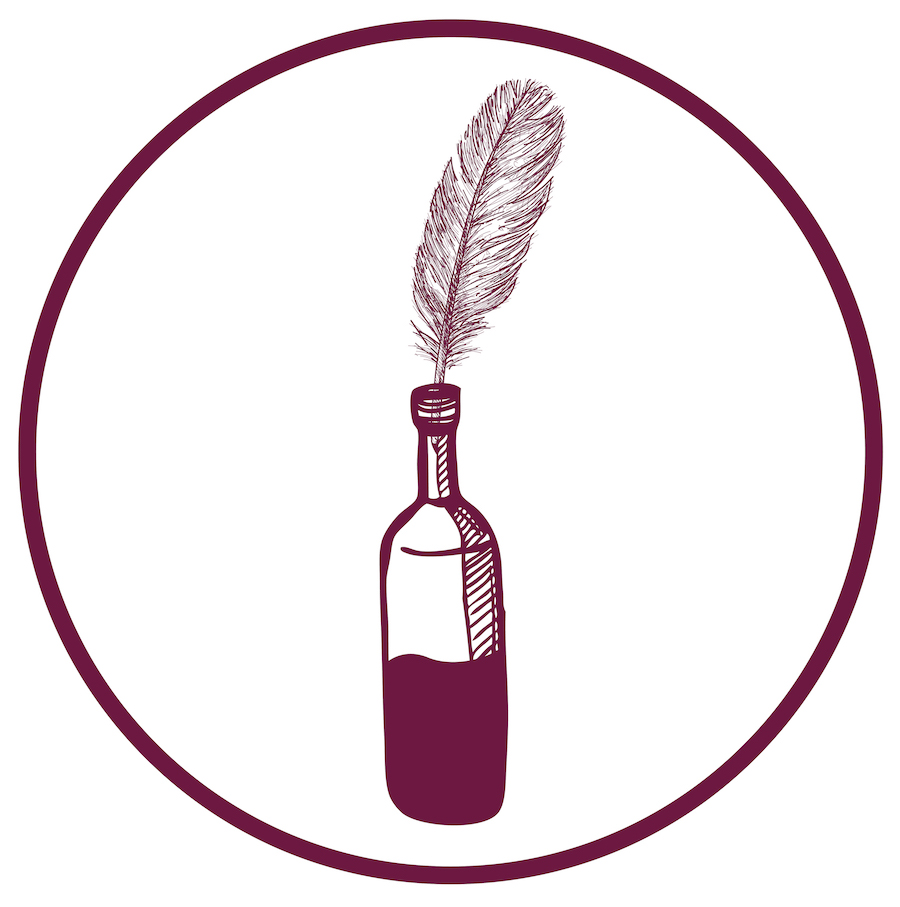Updated March 2021
Best wineries in Robertson South Africa
Robertson is known for mass production, grocery store wine, but we believe there are usually a few quality producers in every region, and saw it as a challenge to discover them. Read our wine tasting guide to Robertson in South Africa to find out if we were successful.
Where to stay
Choices for lodging in Robertson are either downtown or at a wine farm. We chose the former, thinking that there would be some fun wine bars and restaurants as there usually are in a wine town (such as Fredericksburg and Santa Barbara). No such luck – the town was a bit dirty with only one non-fast food chain restaurant. Oops! Next time, we’d definitely opt for the wine farm route; our dinner spot of choice seemed to have some nice accommodations.
If you do happen to be in the main downtown, the only non-fast food restaurant is Four Cousins.
The Tasting Route
Springfield Estate
The first winery of the day was only 10 minutes due east on the R317. Generous tasting lineup with a highlight being their “Method Ancienne” Chardonnay 2017. Most of their higher level wines utilize native yeasts and are unfiltered and unfined which earns big points in our books (you can taste the difference). Springfield is best known for their Cabernets and Bordeaux Blends. There were a couple of older 2013 vintages available for taste that were tasty, but still a bit tannic and young; we’re be interested to see how they develop over time.
Homemade olives enhanced the tasting enhanced along with the private guided tour of the facilities. Everything is gravity fed–literally. Grapes come in high above the third story and are dropped into tanks (some underground a la old school method). A lot of wineries preach “gravity flow” but few are able to pull it off in the literal sense. We highly recommend booking a tour in advance — ask for Alett.
On top of the natural winemaking methods, Springfield Estate has a beautiful tasting patio and an adorable brown hound/lab mix that actually accompanies the team on dirtbike rides through the vineyard. Check out their instagram @SpringfieldEstate for videos!

De Wetshof
Of the 14 different wards in Robertson, only a few have limestone soil and De Wetshof is lucky enough to have heaps of it. Per our adventures in Burgundy, limestone is fantastic soil for making Chardonnay and that’s exactly what De Wetshof specializes in; in fact, they produce 34% of the Chardonnay in South Africa.
While we typically veer towards smaller batch producers, De Wetshof produces around 150k cases a year, which is pretty small relative to mainstream players in Robertson and Stellenbosch. De Wetshof still manages a small boutique winemaking feel, reserving their finest plots for some of the best Chardonnay in South Africa.
Don’t miss: Our list of the top producers in South Africa.
“The Site” and “Bateleur” are bursting with lemon zest, minerality and just enough oak for a wonderfully balanced Burgundian style Chardonnay. It came as no surprise to learn that they have some of the oldest vines (1984) in South Africa and that they actually use trimmings from Burgundy (just rumors of course).
Our WSET-certified guide, Heinrich, was extremely knowledgable and gave a great tour and tasting, complete with tank samples and a library collection. Of the total production, a fair amount goes to big distribution and supermarkets, so try to avoid those; but their smaller batch, single plot collections are really worth the time and effort to find.

Van Loveren
While the wines are not great (big batch producer), their thin crust pizza made in a wood fire oven was decent and the restaurant was conveniently located next to De Wetshof. As an added plus, the outdoor garden is shaded with trees, providing a nice relief to the notoriously sweltering region.
Kranskop
We actually didn’t plan on hitting this winery–we learned about it from Heinrich at De Wetshof. We arrived at Kranskop in the late afternoon, just as they were closing up, but they welcomed us in and served a quick tasting–lucky us!
Weighing in at a meer 10k cases, Kranskop is as boutique as they come in this region. They make an assortment of cultivars (varietals) and our standouts were the 2018 Chardonnay (lees stirred every week for 6 months) and the 2017 Tannat.
The outdoor tasting room overlooks the estate vineyard property and every pour is paired with a fact sheet that lists every step of the winemaking process and the resulting decision by the winemaker. As a couple of cork dorks, we loved this addition to the tasting experience and it made us think of a good blog post for the future.
Restaurant Succulent
Just a few minutes away from Kranskop, we opted to have an early dinner in the vineyards versus a late one back in town. The decor was enjoyable and the food was not bad, but certainly not up to the level of Cape Town and Stellenbosch. However, as we learned in Robertson, the food options are a bit slim, so we’d still recommend going if you’re in the area.
Overall, we were impressed with Robertson’s wines and the hospitality during the cellar visits. We’d recommend passing through if you’re a local wanting a weekend getaway or if you’re a tourist driving the Garden Route.





